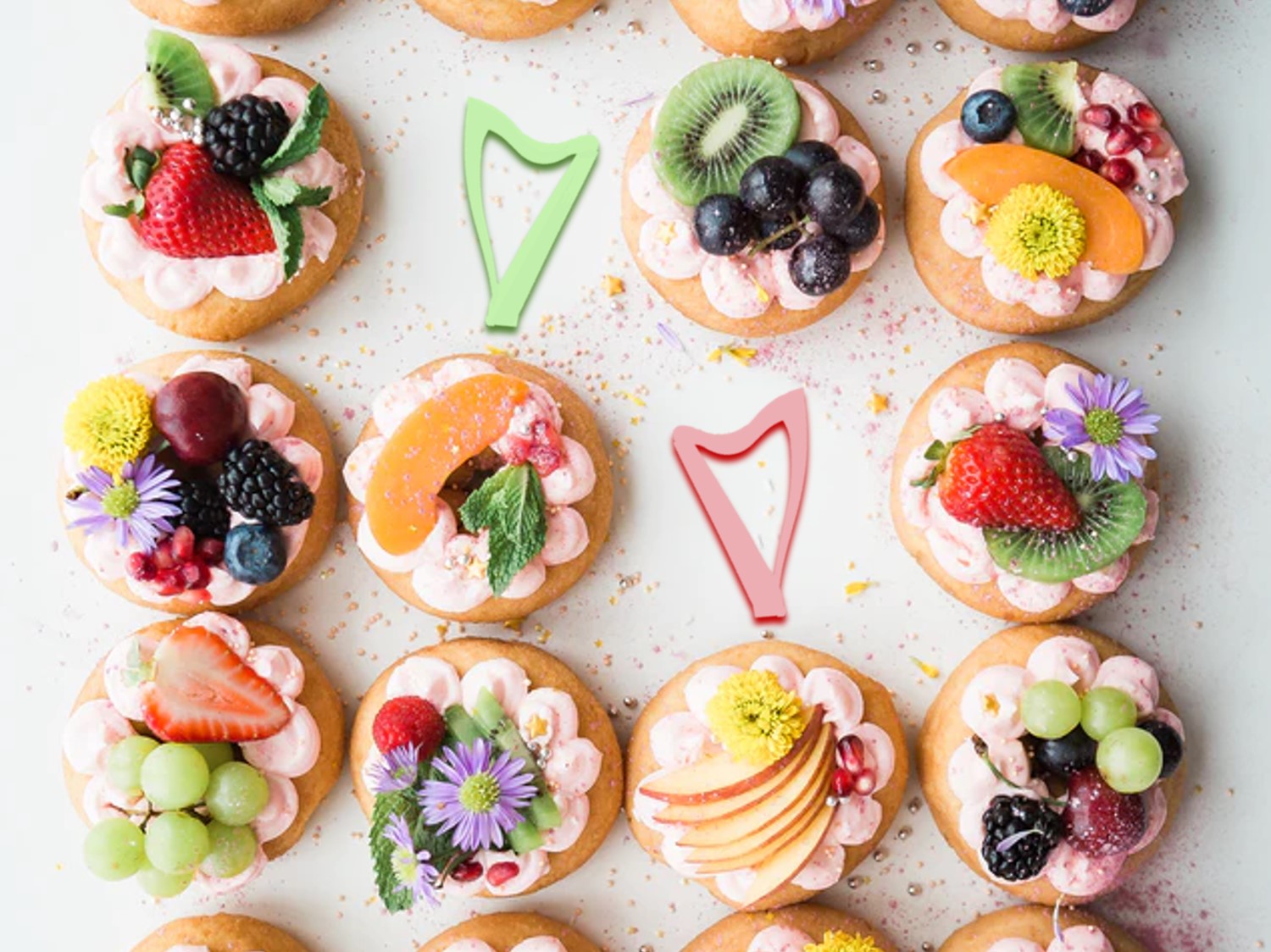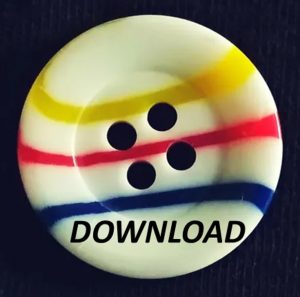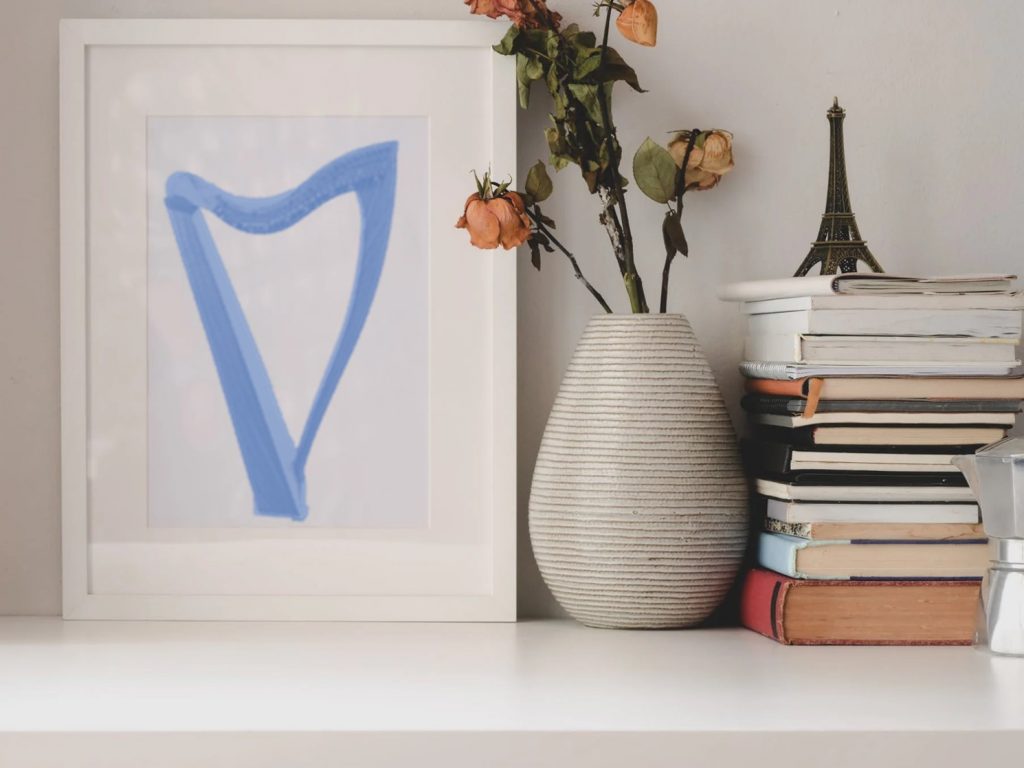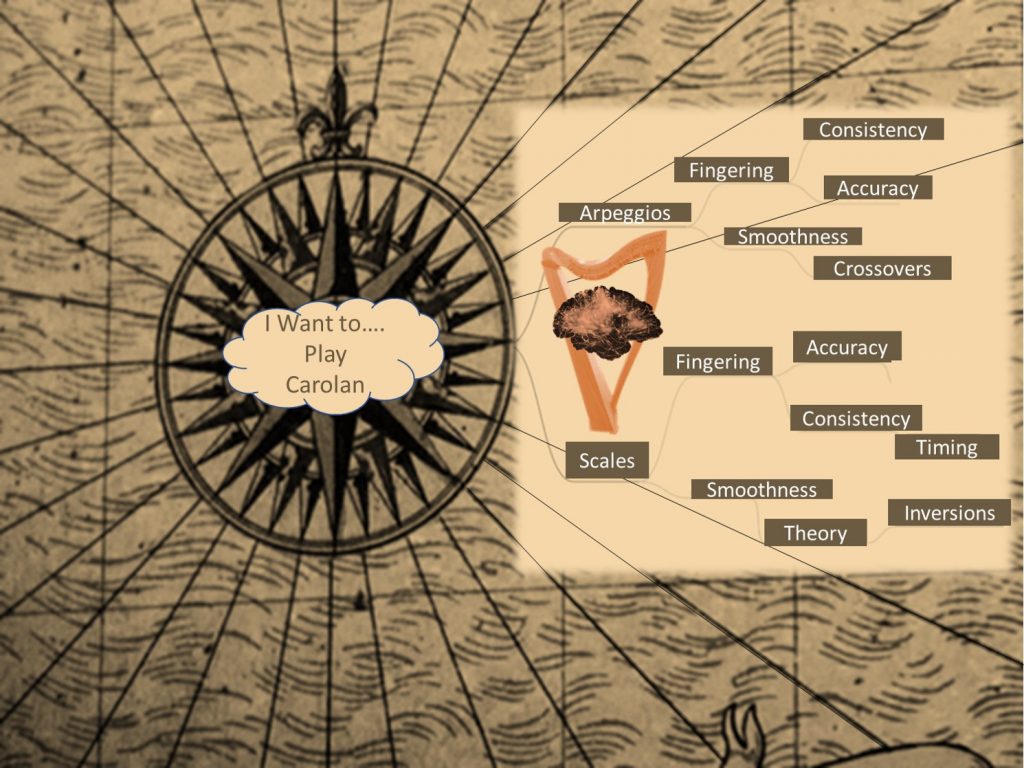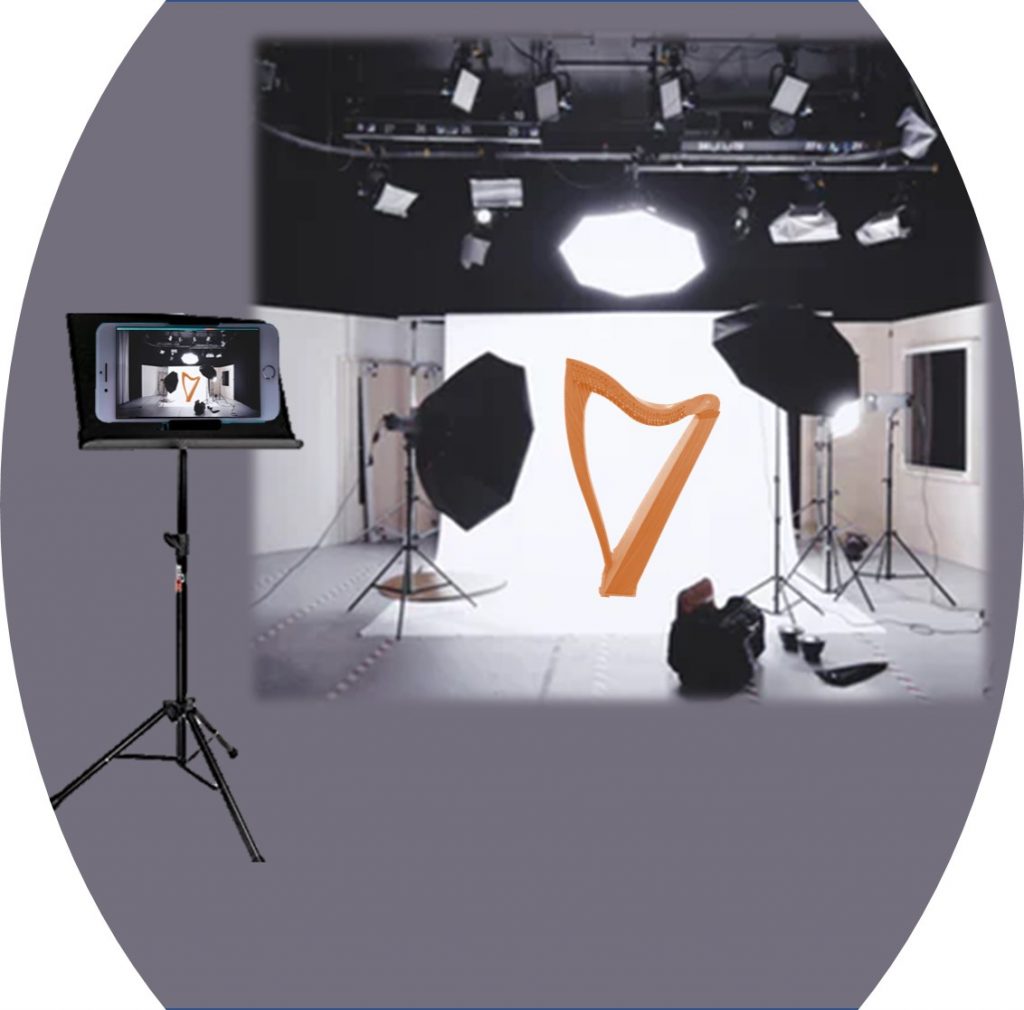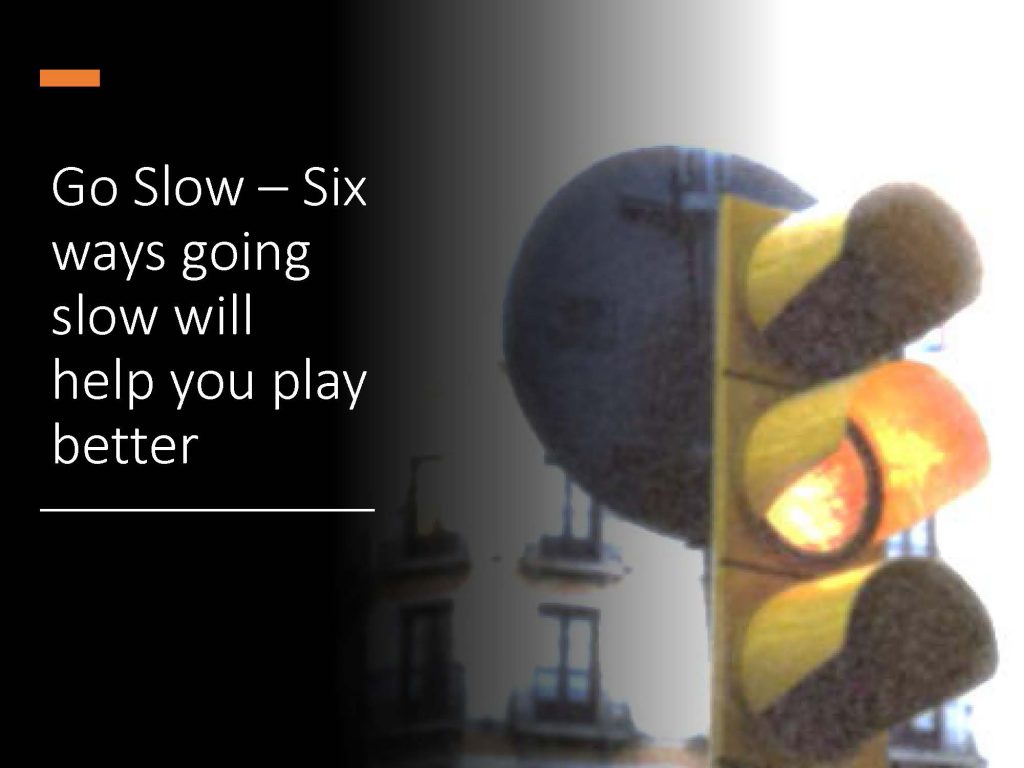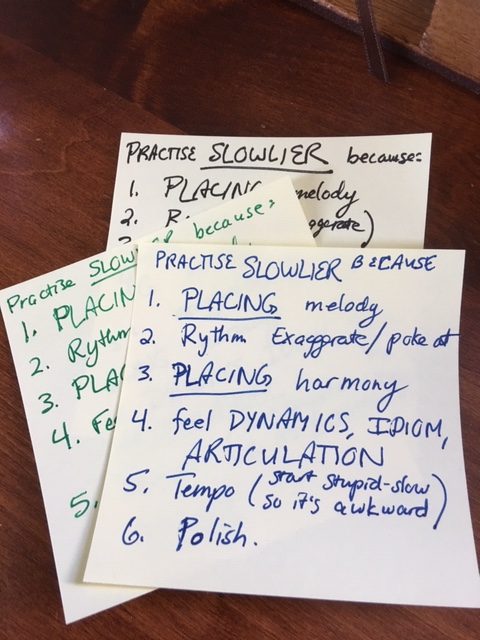Do you know anyone who feels like they’re not getting anywhere with their harp playing? Someone who practices and practices and practices. That person believes themselves to be the poster child for getting enough practicing. Yet, despite this, they feel like they’re not making any improvement.
Sound like anyone you know?
Sometimes, it isn’t your practice time itself. Sometimes it’s what’s happening during that time.
Some people use a brute force approach to practice. They sit on that bench and whack away. They do things over and over and over. They end their practice exhausted and frustrated. All that time and the needle hasn’t moved, the tune isn’t any more aligned with their vision for it, and it’s certainly not any more ready to be performed!
No wonder they’re frustrated! If you keep that up long enough, you wouldn’t want to play either!
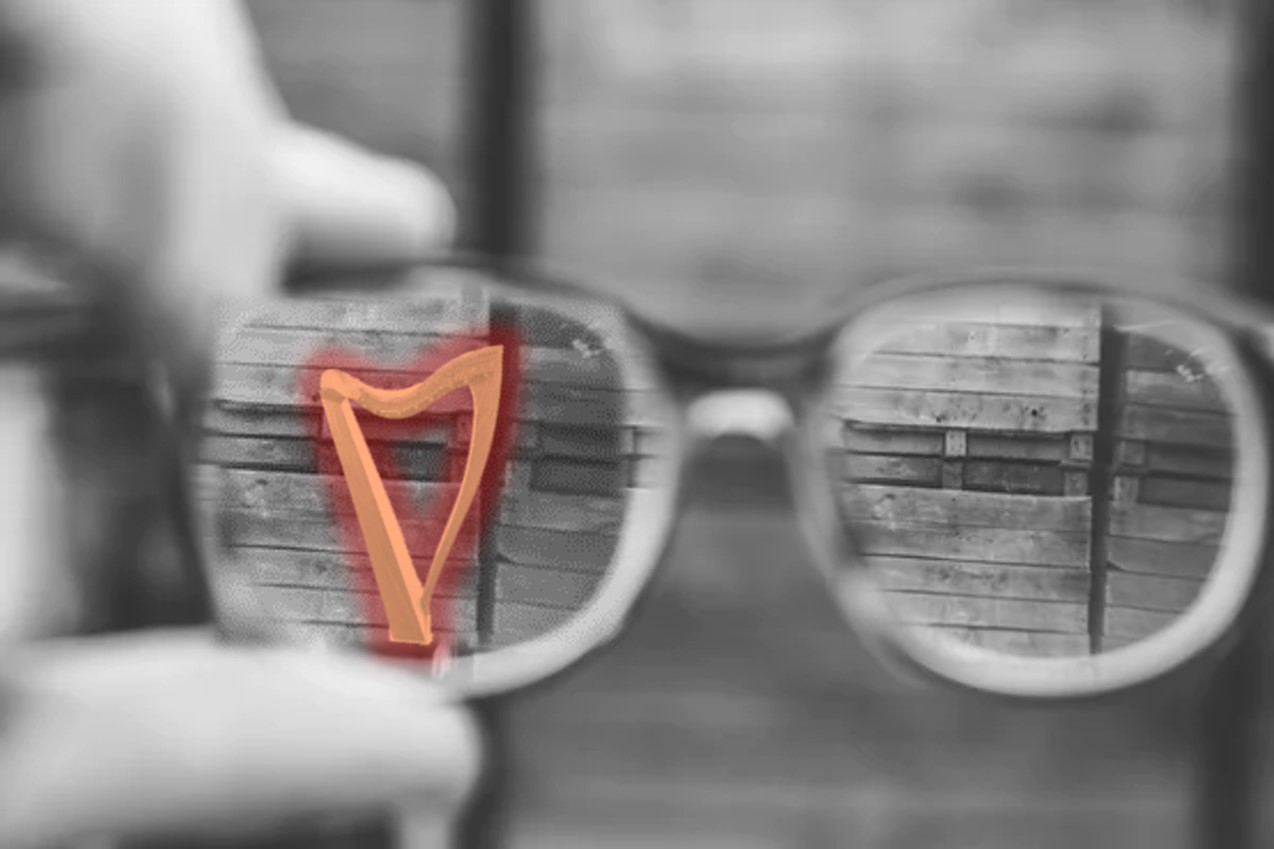 But why is that happening? Aren’t the 10,000 hours needed to “master” this gained on the bench? Shouldn’t more practice lead to more accomplishment?
But why is that happening? Aren’t the 10,000 hours needed to “master” this gained on the bench? Shouldn’t more practice lead to more accomplishment?
Wellllllll…. It depends.
It is really easy to focus on the pretty, complex, moving parts. To try to play faster. To try to play complicated harmonizations. To smell the sizzle but not see the steak.
You need to include your fundamentals. In – every – practice.
Harp is seductive like that. Unlike the piano, all our scales and arpeggios are the same, no matter what key we’re in. I see a lot of harp players turn that simple truth into this internal conversation, “since all the scales are the same, I only need to do them the one time, learn them, and I’m done – easy peasy!”
And yet, it’s not that simple. We need to continually work on the fundamentals. We need to keep them sharp and ready to go. Why is this? Well – simply –
FUNDAMENTALS ARE THE BEDROCK OF ALL YOUR PLAYING!
You cannot do anything well without those fundamentals – that’s why they’re called fundamentals!
If you critique your hours on the bench – what will you find?
Is your fingering shoddy? Do you chase the strings, using “just in time” as your placement strategy so that you’re never really confident that you’re where you need to be?
Do you have “roach antennae” fingers? Or do you close and relax your hands when you are between finger shapes?
Are you a slouch? Or do you have strong posture that allows all of your body to support your music?
Are you breathing?!
Are you critiquing your work without being judgmental? You can pay attention to what you’re doing, be critical, and only accept good complete work as “done” without condemnation!
If this is new to you, start simple. Can you play a well-executed one octave scale with quiet strings, and accurate fingering? Can you do it in both hands? Can you then do a two-octave scale? Can you play scales the length of your harp? Can you do it in time, on tempo, without errors? If not, start there! If so, go on to add the chords, inversions, arpeggios. Remember that you’re focusing on the fundamentals of playing the harp. While you want this to become automatic for your fingers, you don’t want your brain to be on autopilot!
There’s no need to face these elements of your practice with dread. I said you needed to do them. I didn’t say they had to be boring or horrible! You can spice them up – work in complementary keys, around the circle of fifths, bring over activities from other instruments you play (I’m always recreating my piano practice on the harp). Just do it in a way that allows you to pay attention, learn, improve.
It is worth scheduling time in your practice to work on these (and other) fundamentals every day. By doing this you will not only improve the specific activities but also help them to become habitual and automatic. Only then will you have the mental bandwidth to work on the “fancy” stuff!
By adding this bit of fundamental work to your practice, you’ll find that you are able to improve your tune acquisition and retention. Need help with your fundamentals? I’m happy to work with you!
What fundamentals are you going to add to your practice? Let me know in the comments below.


